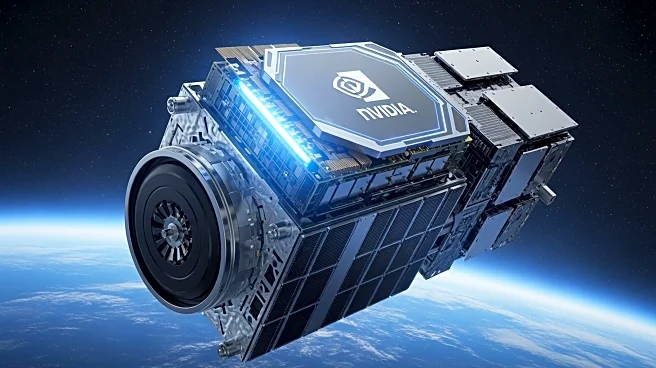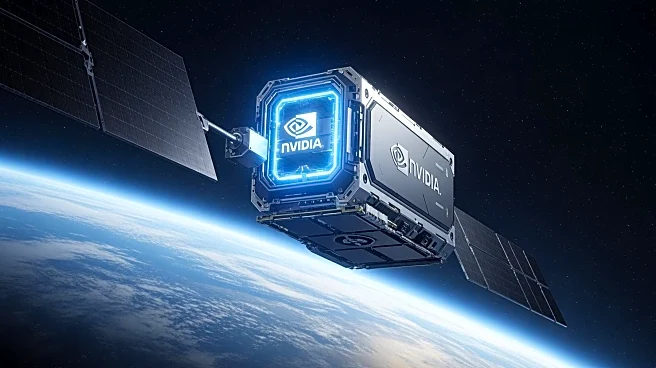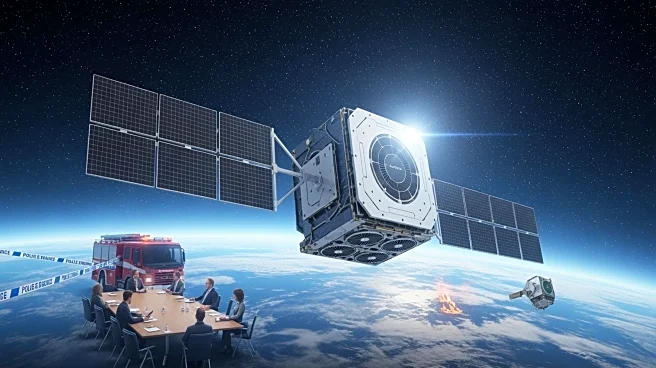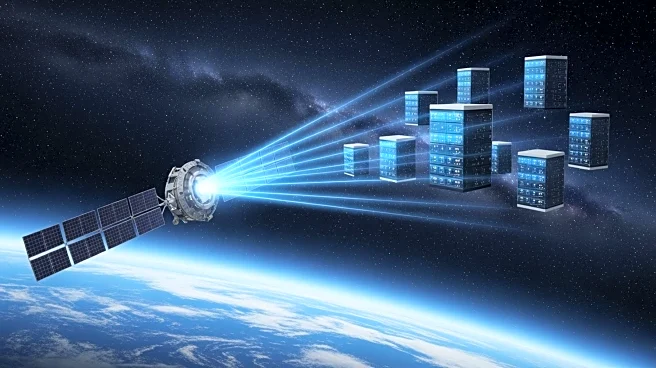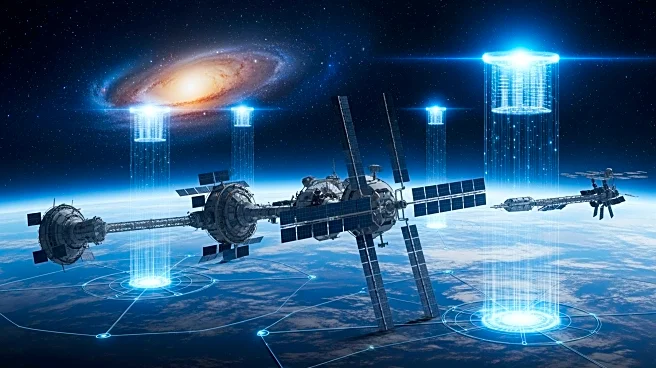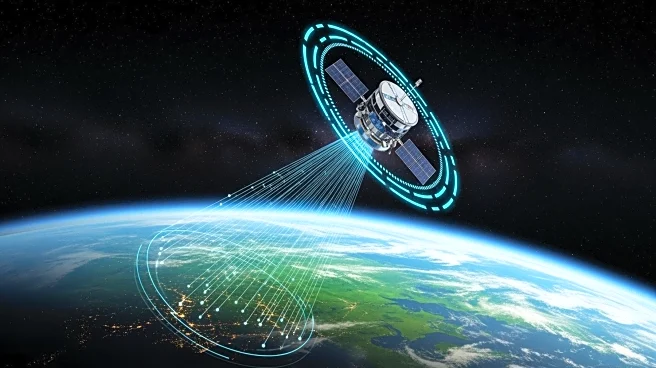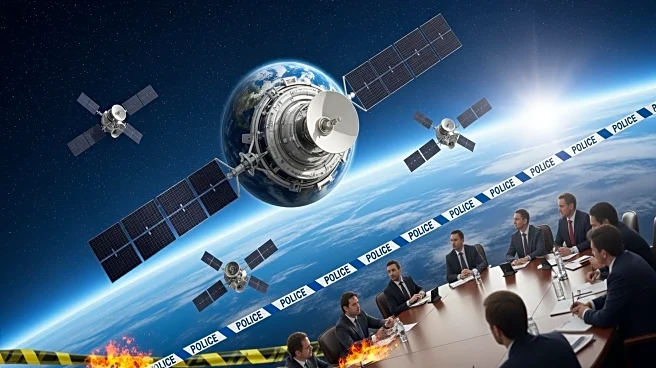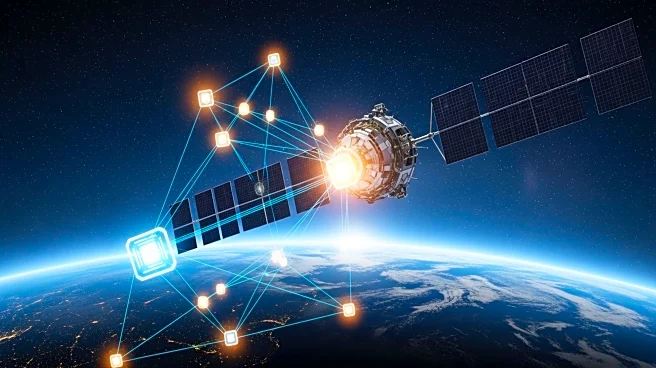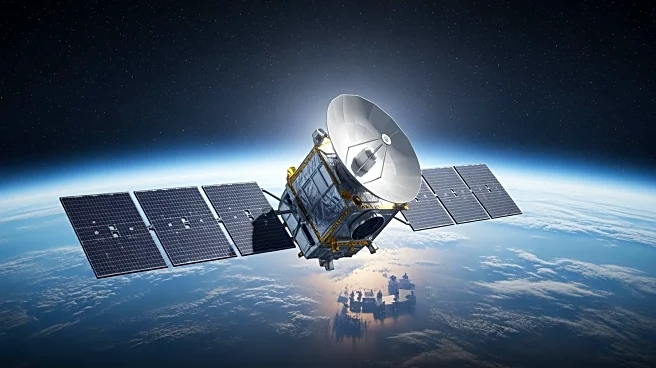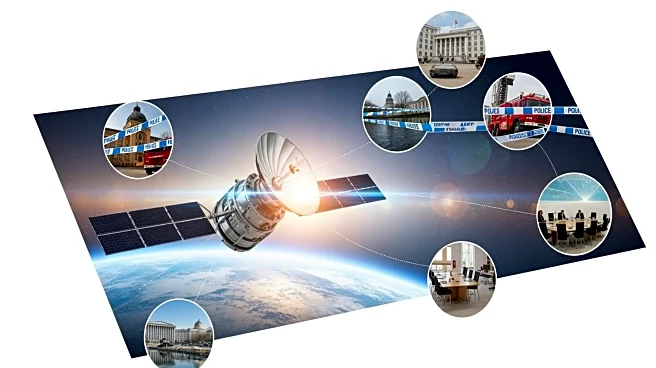What's Happening?
An NVIDIA H100 GPU is set to make its orbital debut aboard the Starcloud-1 satellite, launching next month on a SpaceX Falcon 9 rocket. This mission, led by Starcloud, aims to explore the feasibility of
space-based data centers. The GPU, significantly more powerful than any processor previously sent to space, will test data processing capabilities in orbit. Starcloud plans to build a 5-gigawatt orbital data center, leveraging space's abundant solar energy and cooling capabilities to reduce the environmental impact of terrestrial data centers. The initiative seeks to address the high electricity and water consumption of Earth-based centers, as well as their noise and greenhouse gas emissions.
Why It's Important?
The potential shift of data centers to space could revolutionize the computing industry by alleviating the environmental pressures associated with traditional data centers. Space-based centers could offer nearly unlimited renewable energy and cooling, significantly reducing carbon emissions. This development could also lead to faster data processing and transmission, as data can be processed in orbit and sent to Earth more efficiently. The success of this mission could pave the way for future investments in space infrastructure, influencing both the tech and space industries.
What's Next?
If successful, Starcloud plans to launch more powerful satellites, incorporating advanced NVIDIA GPUs to enhance performance. The company anticipates that by the early 2030s, the cost of launching data centers into space will become economically viable, especially with the advent of SpaceX's Starship. This could lead to a significant increase in space-based data centers, potentially transforming the landscape of global data processing and storage.
Beyond the Headlines
The move to space-based data centers raises questions about the long-term sustainability and ethical implications of space resource utilization. As more companies look to space for solutions, international regulations and agreements may need to evolve to address issues such as space debris and resource allocation. This shift also highlights the growing importance of public-private partnerships in advancing space technology and infrastructure.
